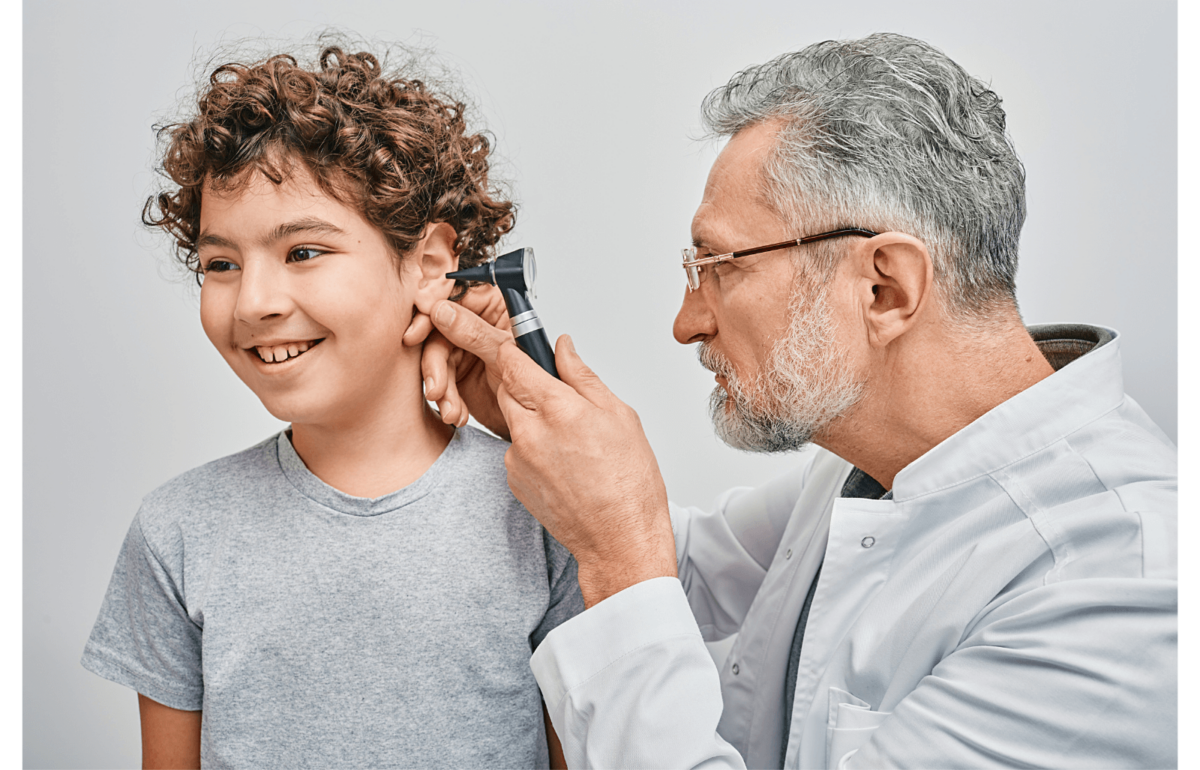The start of a new school year is an exciting time for students, parents, and teachers alike. However, for children and adolescents with hearing loss, it can also be a period of uncertainty and unique challenges. Effective communication is at the heart of a successful academic experience, and understanding how to navigate it with hearing loss is crucial. Let’s explore practical tips and strategies for back-to-school communication, all while maintaining a friendly, casual, and professional tone.
Understanding Hearing Loss in School
Before we dive into communication strategies, let’s take some time to recognize the impact of hearing loss on a student’s educational journey. Hearing loss can range from mild to profound and may be present at birth or acquired later in life. Regardless of the degree or type of hearing loss, it can affect a child’s ability to:
- Hear and understand teachers and classmates: Classroom environments can be noisy, making it challenging for students with hearing loss to discern spoken words.
- Participate in discussions and group activities: Students may struggle to follow conversations and actively engage in class.
- Access important auditory information: From lectures and presentations to announcements and alarms, important auditory cues are woven throughout the school day.
- Develop language and communication skills: Hearing loss can impact a student’s ability to acquire and refine language, which is essential for academic success.
Empowering Students and Parents
Empowerment begins with awareness and understanding. Here are some key steps students and parents can take to navigate the back-to-school experience with confidence.
For Students
- Self-Advocacy: Encourage your child to become their own advocate. Teach them to communicate their needs to teachers and classmates and to ask for help when necessary.
- Familiarity with Technology: Ensure your child is comfortable with their hearing aids, cochlear implants, or any other assistive listening devices they may use. Practice using these devices effectively.
- Active Listening: Encourage active listening skills, such as making eye contact with speakers, sitting closer to the front of the classroom, and using visual cues to supplement auditory information.
- Classroom Seating: Work with teachers to secure a seating arrangement that optimizes your child’s ability to hear and participate effectively.
For Parents
- Communication with Educators: Establish open lines of communication with your child’s teachers and school staff. Share information about your child’s hearing loss, including its type and severity.
- Individualized Education Plan (IEP): If necessary, work with the school to develop an IEP that outlines specific accommodations and support services tailored to your child’s needs.
- Regular Hearing Checkups: Schedule regular hearing checkups with an audiologist to monitor your child’s hearing health and the performance of their hearing devices.
- Support at Home: Create a supportive environment at home where your child can practice listening and communication skills. Encourage reading, storytelling, and discussions.
Effective Communication Strategies
Along with these tips for better awareness and understanding, you and your child can benefit from some practical communication strategies. Make sure to talk to your child’s teacher to implement these strategies in the classroom.
- Microphone Systems: In larger classrooms or lecture halls, the use of microphone systems can help ensure that students with hearing loss can hear the teacher clearly.
- Captioning and Transcripts: When possible, provide captions for videos and multimedia presentations. Additionally, having transcripts available can assist students in reviewing class materials.
- Visual Support: Visual aids, such as written instructions, diagrams, and presentations, can reinforce auditory information and make it more accessible.
- Supportive Peer Environment: Foster an inclusive classroom atmosphere where peers understand and support students with hearing loss. Awareness and empathy can go a long way in creating an inclusive environment.
- Regular Check-Ins: Teachers can periodically check in with students to ensure they are following the class and address any concerns promptly.
A Positive Educational Journey
Returning to school with hearing loss may present unique challenges, but with the right strategies, support, and communication, students can excel in their academic pursuits. Remember that successful communication is a collaborative effort involving students, parents, teachers, and school staff. By working together, we can ensure that every student, regardless of their hearing abilities, has the opportunity to thrive and embark on a positive educational journey.
If you suspect that your child has hearing loss, book a hearing test today! We’re here to help make your child’s fall the best one yet.

